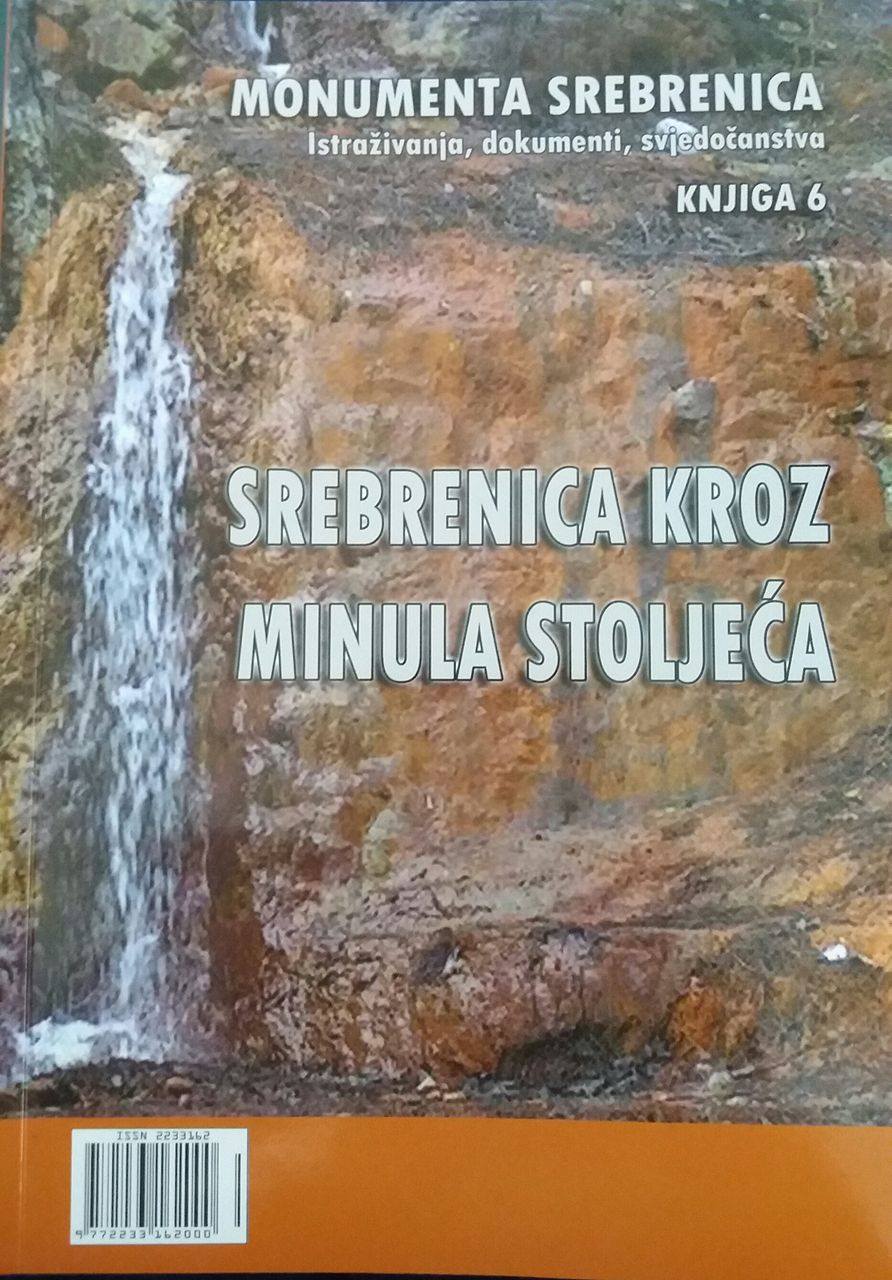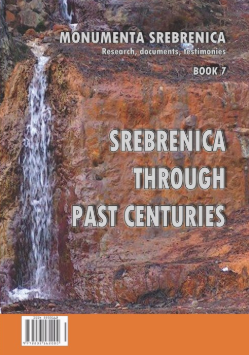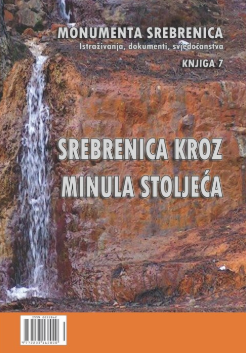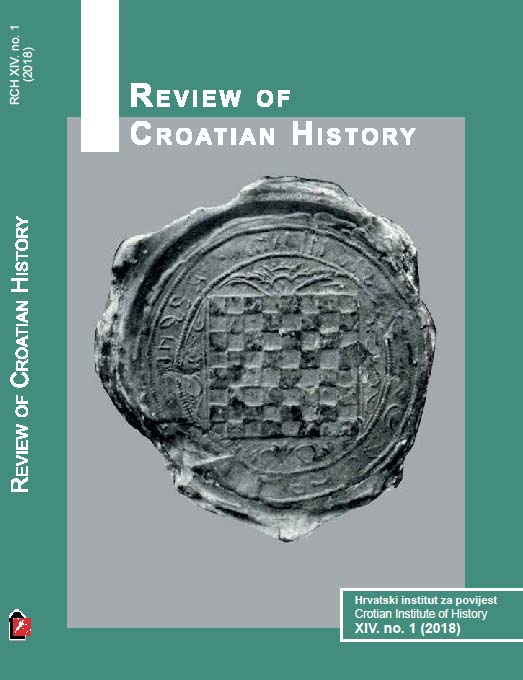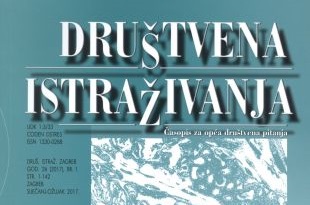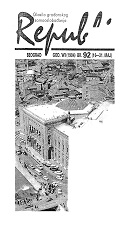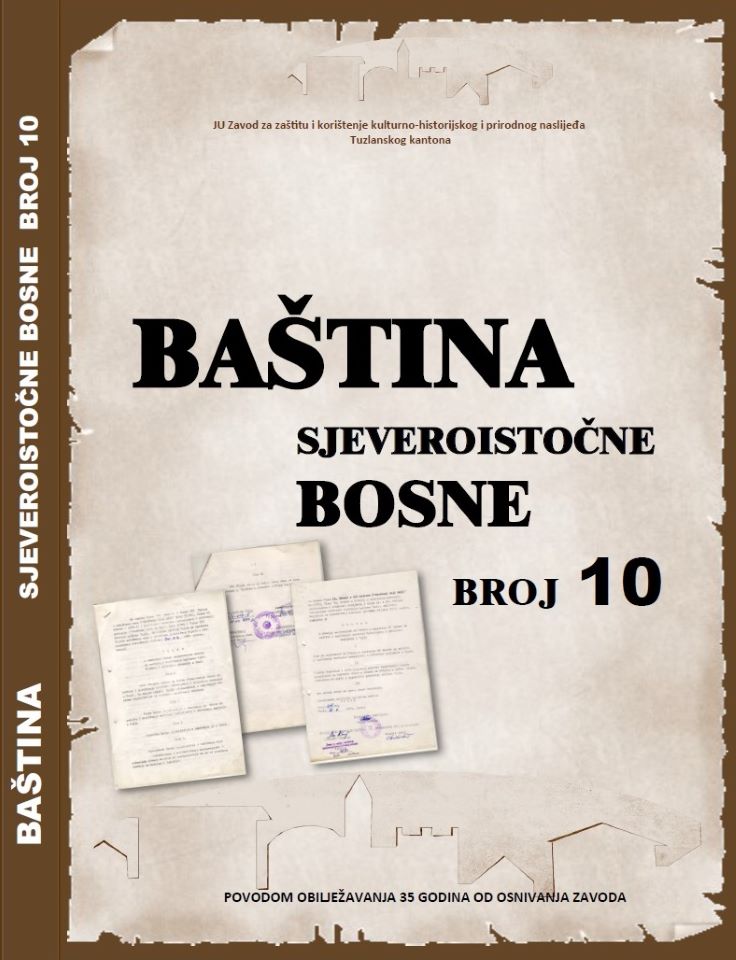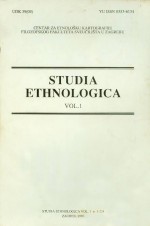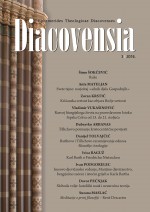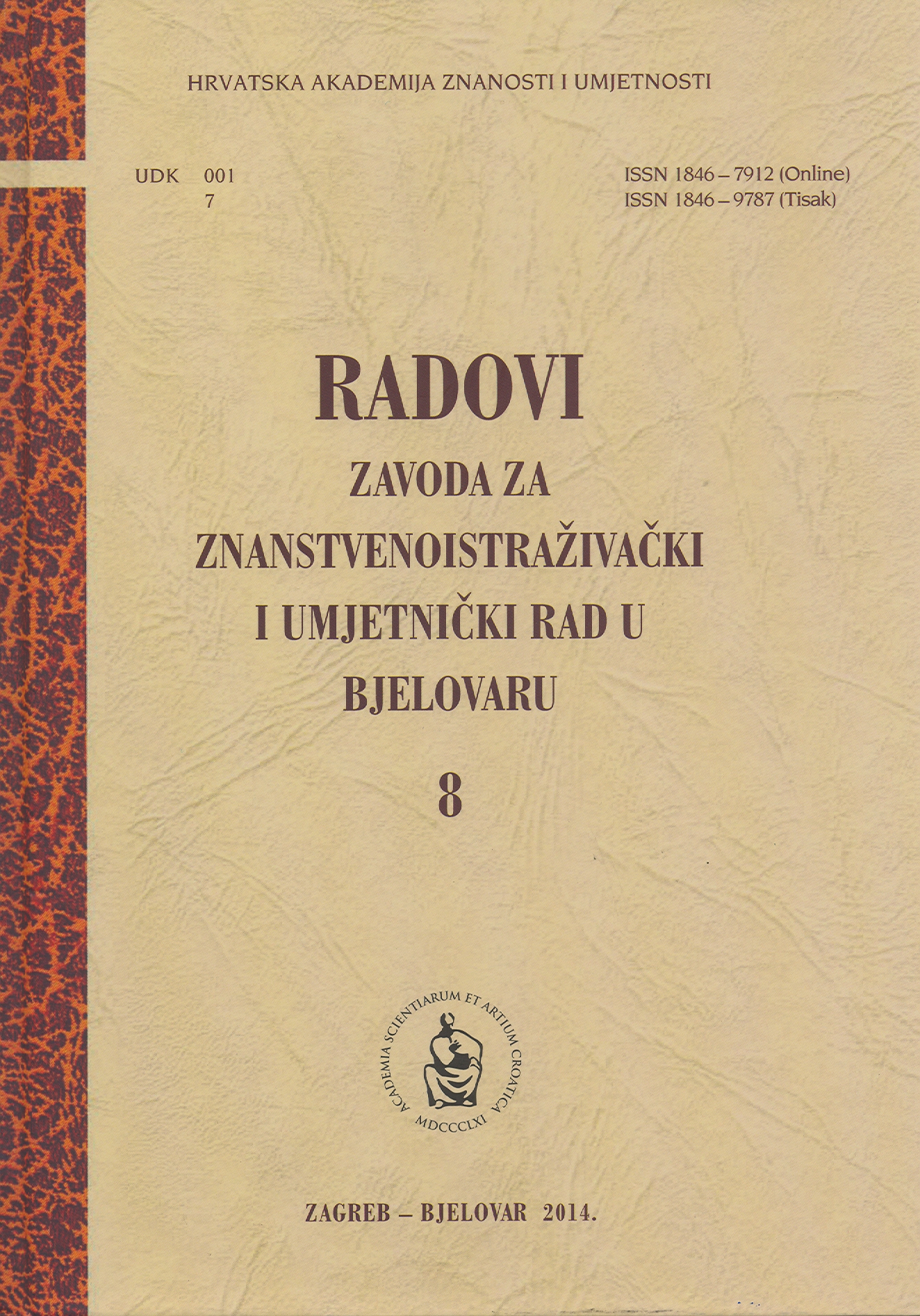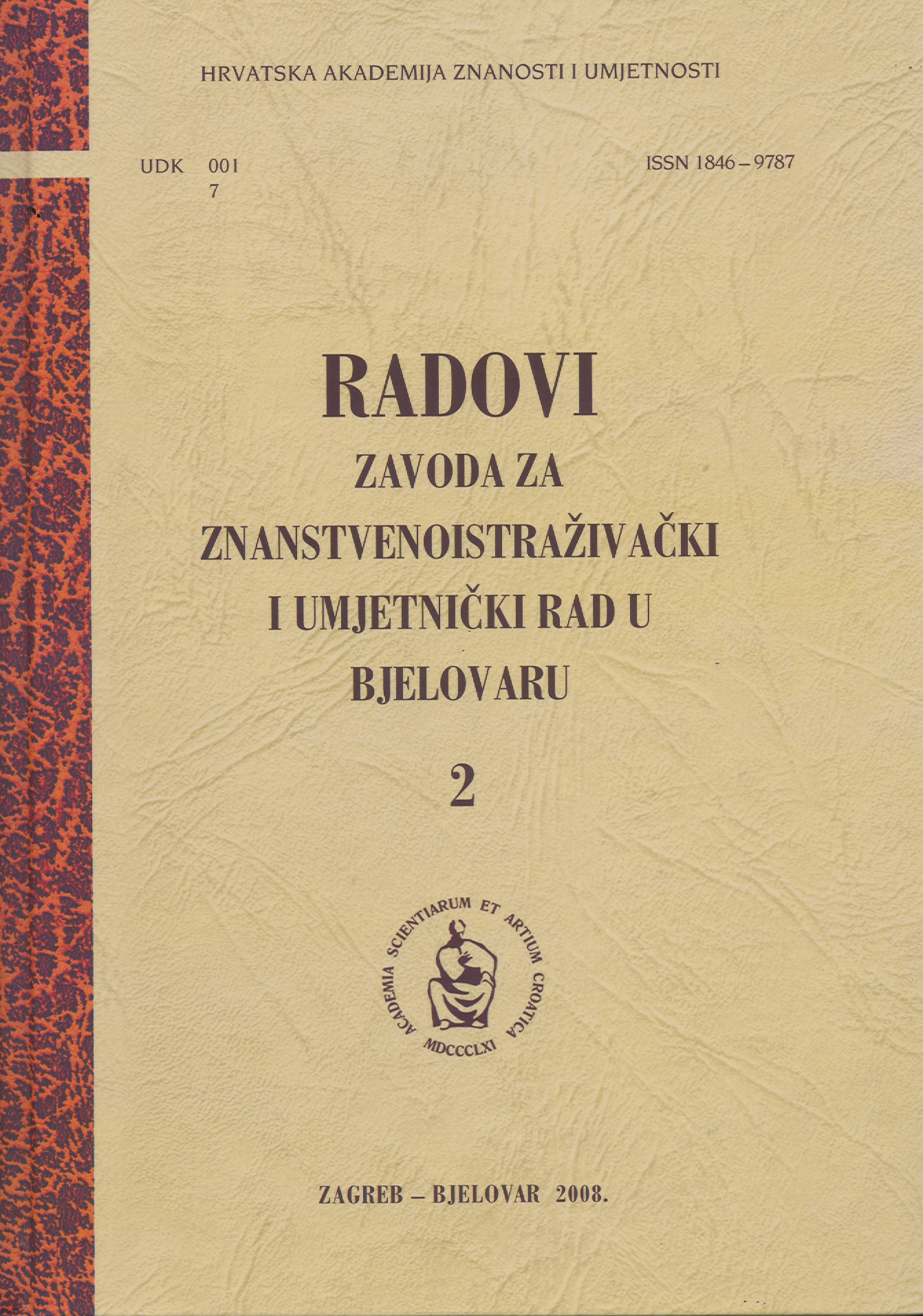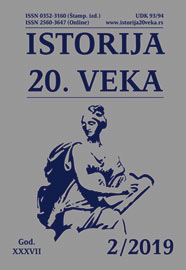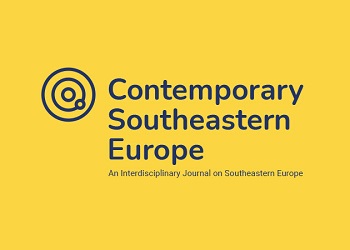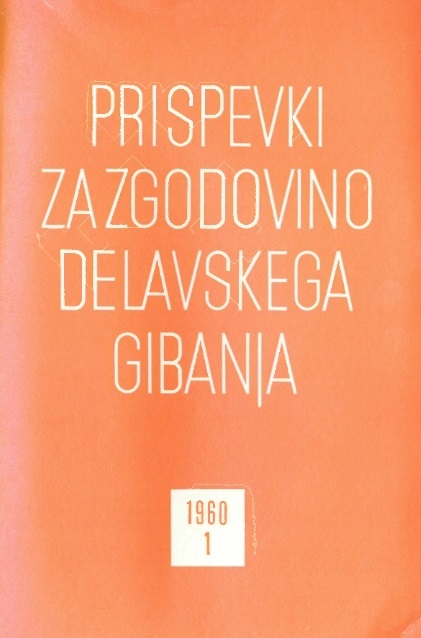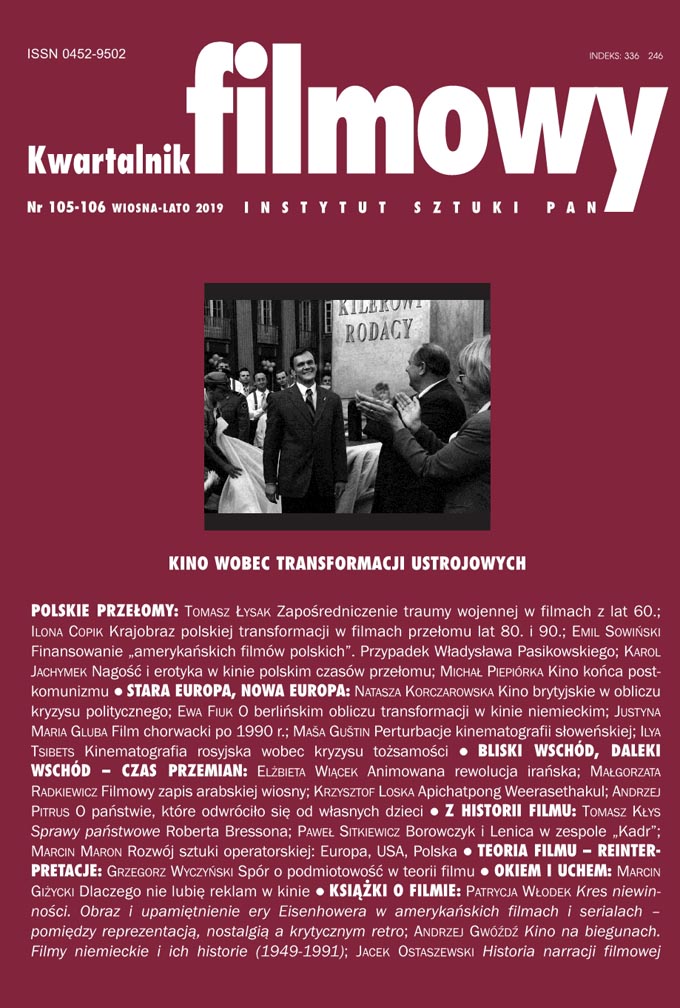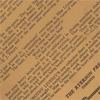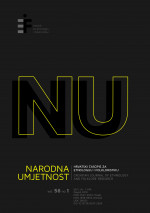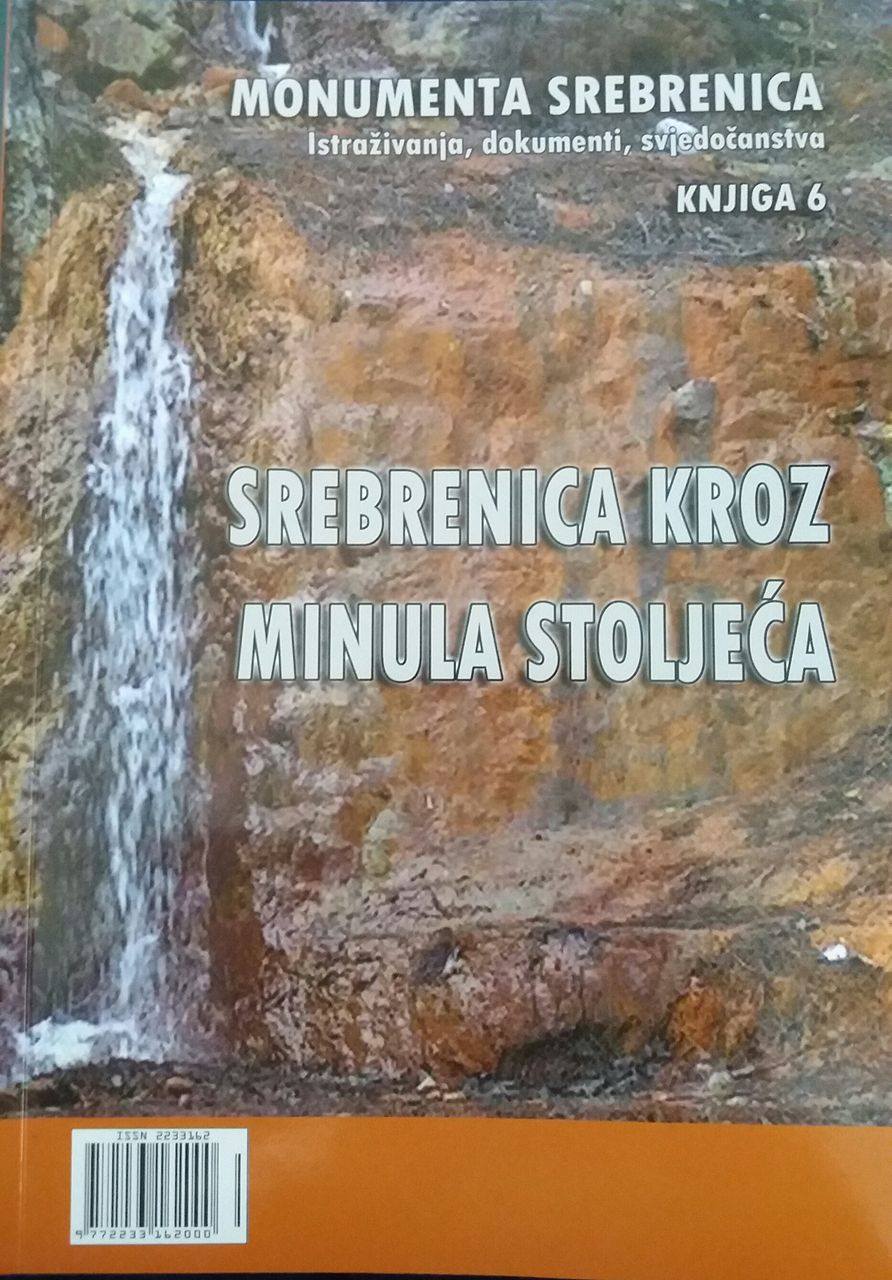
TREBOTIĆ AND FORTRESS KLIČEVAC DURING THE OTTOMAN REGIM
TREBOTIĆ AND FORTRESS KLIČEVAC DURING THE OTTOMAN REGIM
Keywords: Srebrenica; Ottoman regim;
The fortress Kličevac has been the mistery for a very long time, as well as the county Trebotić where it was situated. Unlike the town that has not been mentioned in the medieval sources until today, Trebotić appeared conitnuously in different charts from 1326 to 1426. Based on these, however, it was not possible to even close determine the place and territory that belonged to the county Trebotić, and as follows not even the locality of fortress Kličevac that has been mentioned in the sources since the 15th century.
More...
